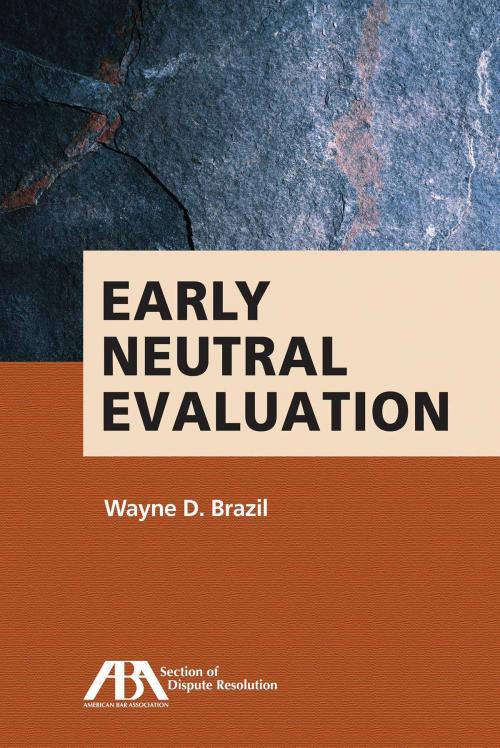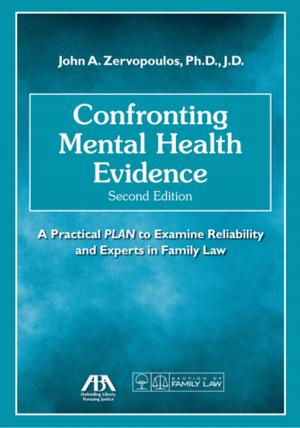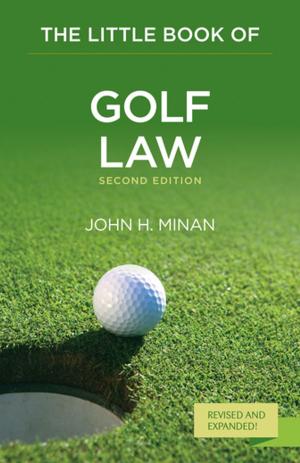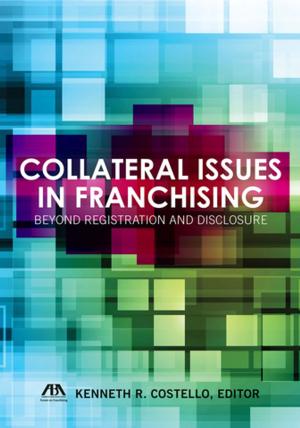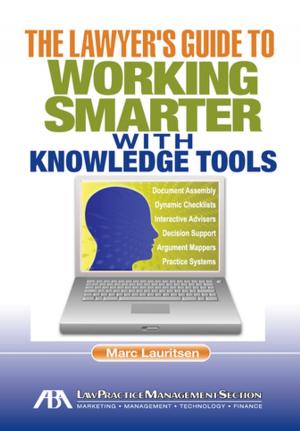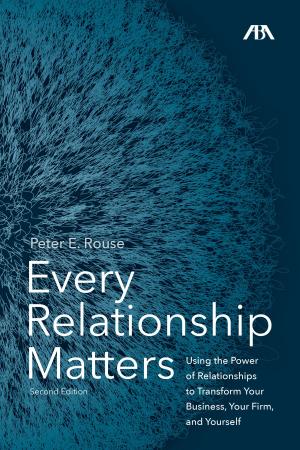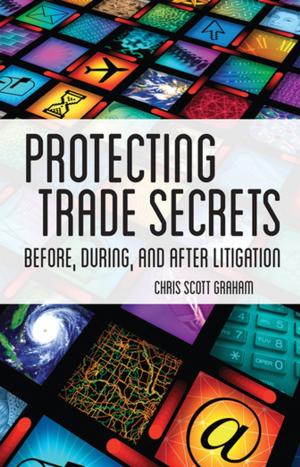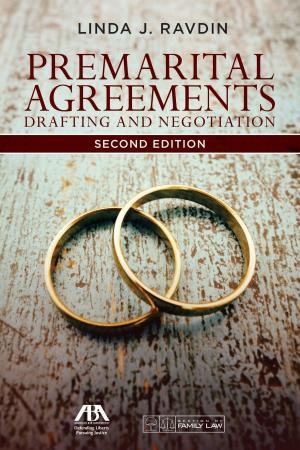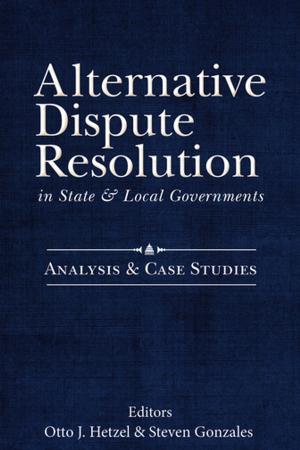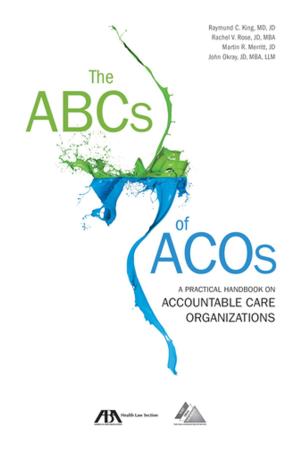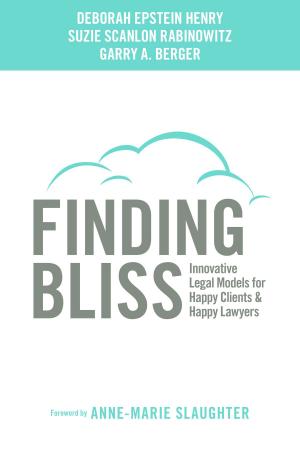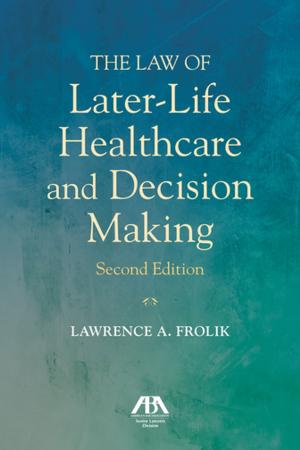Early Neutral Evaluation
Nonfiction, Reference & Language, Law, Arbitration, Negotiation, & Mediation| Author: | Wayne D. Brazil | ISBN: | 9781614383154 |
| Publisher: | American Bar Association | Publication: | December 7, 2013 |
| Imprint: | American Bar Association | Language: | English |
| Author: | Wayne D. Brazil |
| ISBN: | 9781614383154 |
| Publisher: | American Bar Association |
| Publication: | December 7, 2013 |
| Imprint: | American Bar Association |
| Language: | English |
This valuable guide is a tool to teach lawyers, litigants, neutrals, judges, court program administrators, and public policy analysts what early neutral evaluation (ENE) consists of, why and under what circumstances it can be used most productively, the difference between it and mediation (in the forms most commonly encountered by litigants and lawyers), and how clients, litigators, and neutrals have been assessed the value of ENE. Written by experts in the field, this handbook will equip lawyers and clients alike to decide more reliably when to use ENE and how to participate in an ENE process most effectively.
This valuable guide is a tool to teach lawyers, litigants, neutrals, judges, court program administrators, and public policy analysts what early neutral evaluation (ENE) consists of, why and under what circumstances it can be used most productively, the difference between it and mediation (in the forms most commonly encountered by litigants and lawyers), and how clients, litigators, and neutrals have been assessed the value of ENE. Written by experts in the field, this handbook will equip lawyers and clients alike to decide more reliably when to use ENE and how to participate in an ENE process most effectively.
